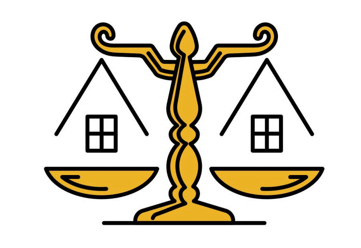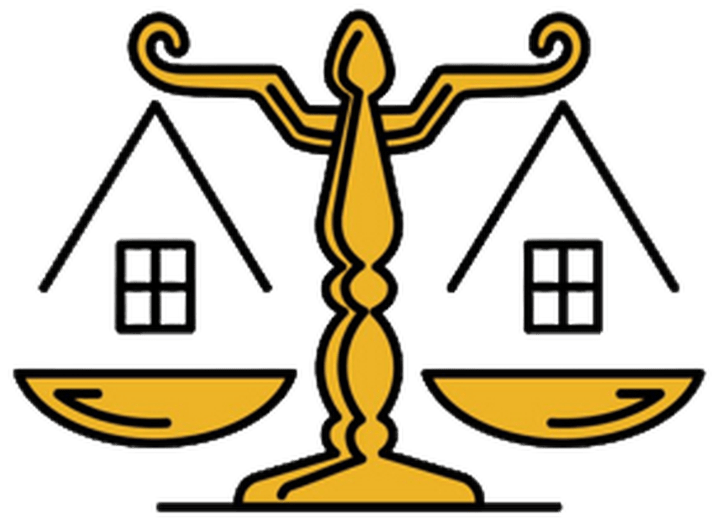

As Nigeria strides toward becoming a global economic powerhouse, the importance of addressing accessibility and inclusivity in construction projects has never been more pressing. Accessibility and inclusivity are crucial in ensuring that the built environment serves everyone, regardless of physical abilities or socio-economic status. This article delves into the significance of integrating accessibility and inclusivity into Nigerian construction practices, explores the current challenges, and provides strategies for creating more inclusive and accessible environments.
The Importance of Accessibility and Inclusivity
Accessibility refers to the design of buildings and spaces that accommodates individuals with physical disabilities, while inclusivity extends beyond physical access to encompass social, economic, and cultural dimensions. In the Nigerian context, prioritizing accessibility and inclusivity is essential for several reasons:
1.Human Rights: Ensuring access for people with disabilities aligns with human rights principles, promoting equality and dignity for all individuals.
2. Economic Growth: Inclusive environments enable broader participation in economic activities, contributing to overall economic growth and productivity.
3. Social Integration: Accessibility fosters social inclusion, reducing barriers and promoting equitable opportunities for all members of society.
Current Challenges in Nigerian Construction
1. Lack of Comprehensive Regulations: Despite existing regulations, there is a lack of comprehensive and enforceable standards specifically addressing accessibility in Nigerian construction. Key issues include:
- Inadequate Standards: Existing standards may be outdated or insufficient to address contemporary needs for accessibility and inclusivity.
- Enforcement Issues: Weak enforcement of accessibility standards leads to non-compliance and inadequate implementation in construction projects.
2. Design and Planning Deficiencies: Accessibility and inclusivity are often overlooked during the design and planning phases of construction projects. Challenges include:
- Limited Awareness: Designers and architects may lack awareness of accessibility requirements or fail to prioritize them in their designs.
- Cost Concerns: There is a misconception that incorporating accessibility features increases project costs, leading to their omission.
3. Infrastructure Limitations: Many existing infrastructures, such as public buildings, transport facilities, and recreational spaces, were not designed with accessibility in mind. Issues include:
- Physical Barriers: The presence of physical barriers, such as stairs without ramps or narrow doorways, impedes access for individuals with disabilities.
- Lack of Amenities: Essential amenities like accessible restrooms, elevators, and parking spaces are often missing or insufficient.
4. Cultural and Societal Attitude: Cultural and societal attitudes toward disability and inclusivity can impact the prioritization of accessibility in construction. Challenges include:
- Stigma and Misconceptions: Negative attitudes and misconceptions about disability can lead to a lack of urgency in addressing accessibility issues.
- Inadequate Advocacy: Limited advocacy and awareness campaigns result in insufficient pressure on policymakers and developers to prioritize inclusivity.
Strategies for Enhancing Accessibility and Inclusivity
1. Implementing Comprehensive Regulations: Developing and enforcing comprehensive accessibility regulations is crucial for improving inclusivity in construction. Strategies include:
- Updating Standards: Revise and update building codes and standards to include specific provisions for accessibility and inclusivity.
- Strengthening Enforcement: Enhance the enforcement mechanisms for accessibility standards to ensure compliance across all construction projects.
The National Building Code of Nigeria can be revised to include more robust accessibility provisions, ensuring that new and existing buildings meet the required standards.
2. Integrating Accessibility in Design and Planning: Incorporating accessibility features from the outset of design and planning is essential for creating inclusive environments. Strategies include:
- Training and Awareness: Provide training and resources for architects, engineers, and designers on accessibility standards and best practices.
- Universal Design Principles: Adopt universal design principles that create environments usable by everyone, regardless of their abilities.
For instance, incorporating features like ramps, wide doorways, and accessible signage into building designs can enhance accessibility for individuals with disabilities.
3. Upgrading Existing Infrastructure: Addressing accessibility in existing infrastructure involves retrofitting and upgrading facilities to meet modern standards. Strategies include:
- Accessibility Audits: Conduct audits of existing buildings and infrastructure to identify barriers and develop plans for retrofitting.
- Funding and Incentives: Provide funding and incentives for the renovation of public spaces and private buildings to improve accessibility.
Successful retrofitting examples, such as the accessibility improvements in public transport facilities in Lagos, highlight the benefits of investing in upgrading existing infrastructure.
4. Promoting Cultural and Societal Change: Encouraging cultural and societal change towards disability and inclusivity is crucial for fostering a more inclusive environment. Strategies include:
- Awareness Campaigns: Launch awareness campaigns and educational programs to challenge misconceptions and promote understanding of disability issues.
- Community Engagement: Involve people with disabilities and advocacy groups in the planning and decision-making processes to ensure their needs are addressed.
The Nigerian government and civil society organizations can collaborate on campaigns to promote inclusivity and challenge stigma, creating a more supportive environment for accessibility initiatives.
Case Studies of Inclusive Construction Projects in Nigeria
1. The Lagos Bus Rapid Transit (BRT) System
The Lagos BRT system serves as a model for inclusive transport infrastructure. Key features include:
- Low-Floor Buses: Low-floor buses provide easy access for individuals using wheelchairs and mobility aids.
- Accessible Stations: BRT stations are equipped with ramps, elevators, and designated areas for passengers with disabilities.
The BRT system’s design demonstrates how public transport infrastructure can be made more accessible and inclusive.
2. The Abuja Millennium Park
The Abuja Millennium Park is an example of an inclusive public space designed with accessibility in mind. Key features include:
- Accessible Pathways: Smooth, wide pathways and ramps ensure that individuals with mobility challenges can navigate the park easily.
- Inclusive Amenities: The park includes accessible restrooms and seating areas, accommodating the needs of all visitors.
The park’s design highlights the importance of integrating accessibility features into recreational spaces to promote inclusivity.
Conclusion
Addressing accessibility and inclusivity in Nigerian construction is essential for creating environments that cater to the needs of all individuals, regardless of their physical abilities or socio-economic status. By implementing comprehensive regulations, integrating accessibility into design and planning, upgrading existing infrastructure, and promoting cultural and societal change, Nigeria can foster a more inclusive built environment. Successful examples such as the Lagos BRT system and Abuja Millennium Park demonstrate the positive impact of inclusive design and highlight the potential for creating accessible environments across the country. As Nigeria continues to develop its infrastructure, prioritizing accessibility and inclusivity will be key to ensuring equitable opportunities and improving the quality of life for all citizens.
. Accessibility
. Inclusivity
. Nigerian construction
. Built environment
. Human rights
. Economic growth
. Social integration
Contact Us
Chaman Law Firm today. Our offices are conveniently located in Lagos, FCT Abuja, Ogun State, and the UK. We are readily available to assist you with your legal needs. Whether you require consultation, representation, or ongoing legal support, Chaman Law Firm is your trusted partner. Call us at 08065553671 or email us at info@chamanlawfirm.com to schedule a consultation

